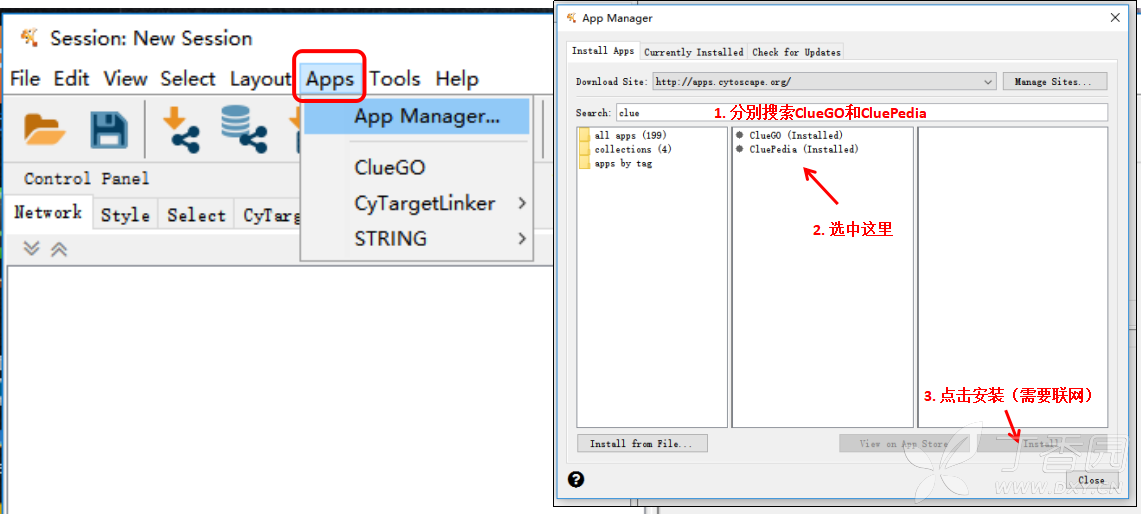

COL1A1, RAC1, TGFB1 and EDN1 may also contribute in the mycophenolic acid -induced cleft lip and palate. The combination of MDM2, RPL5 and TP53 plays a major role in the ribosome stress in the mycophenolic acid -induced cleft lip and palate ABCB1 polymorphism could be related to the probability of MPA-induced CLP. MDM2, RPL5 and TP53 could be the main contributor in this pathogenesis, along with several other genes. MPA-induced CLP is mediated by multiple ribosome stress related genes and pathways. KEGG analysis demonstrated gene enrichment in such pathways as the HIF-1 signaling pathway, glycosylphosphatidylinositol-anchor biosynthesis, the TNF signaling pathway, and hematopoietic stem cell development.īioinformatic analysis was performed on the genes currently known to be associated with MPA-induced CLP pathogenesis. GO analysis demonstrated gene enrichment regarding such terms as ear, mesenchymal, striated muscle, and ureteric development. The genes most relevant to MPA-induced CLP included ABCB1, COL1A1, Rac1, TGFβ1, EDN1, and TP53, as well as the TP53-associated genes MDM2 and RPL5. Overall, 58 genes related to MPA and CLP were identified. Gene protein-protein interaction (PPI) networks were constructed based on data obtained from the Search Tool for the Retrieval of Interacting Genes/Proteins (STRING) database. The Gene Ontology (GO) and Kyoto Encyclopedia of Genes and Genomes (KEGG) pathway enrichment analysis results were visualized with the Cytoscape ClueGO plug-in. These genes were further analyzed via bioinformatics. Overlapping genes related to MPA and CLP were obtained from the GeneCards database. The aim of this study was to screen and verify hub genes involved in MPA-induced CLP and to explore the potential molecular mechanisms underlying MPE. Cleft lip/palate (CLP) is one of the most common symptoms of MPE. Mycophenolate embryopathy (MPE) is a mycophenolic acid (MPA)-induced congenital malformation with distinctive symptoms. The work cannot be used commercially without permission from the journal.
#Cytoscape cluego license
This is an open access article distributed under the terms of the Creative Commons Attribution-Non Commercial License 4.0 (CCBY-NC), where it is permissible to download, share, remix, transform, and buildup the work provided it is properly cited. The datasets generated during and/or analyzed during the present study are available from the corresponding author on reasonable request. The authors have no conflicts of interest to disclose. 2016-I2M-1-002, and the National Natural Science Foundation of China (NSFC), Grant No. This work was supported by the CAMS Innovation Fund for Medical Sciences (CIFMS), Grant No. The important role of MDM2, RPL5, and TP53 in mycophenolic acid-induced cleft lip and palate.

#Cytoscape cluego how to
How to cite this article: Lin Y, Song T, Ronde EM, Ma G, Cui H, Xu M. ∗Correspondence: Meng Xu, Plastic Surgery Hospital of Chinese Academy of Medical Sciences, Peking Union Medical College, Beijing, China (e-mail:, ).Ībbreviations: ATP = adenosine triphosphate, BP = biological process, CLP = Cleft lip/palate, CsA = Cyclosporine, DBA = Diamond-Blackfan anemia, GO = Gene Ontology, IMPDH = inosine-5’-monophosphate dehydrogenase, KEGG = Kyoto Encyclopedia of Genes and Genomes, MMF = Mycophenolate mofetil, MPA = Mycophenolic acid, MPE = Mycophenolate embryopathy, PPI = Protein-protein interaction, STRING = Search Tool for the Retrieval of Interacting Genes/Proteins, TCS = Treacher Collins Syndrome, TGFβ = Transforming growth factor-beta. APlastic Surgery Hospital of Chinese Academy of Medical Sciences, Peking Union Medical College, BeijingīDepartment of Plastic, Reconstructive and Hand Surgery, Amsterdam UMC, Amsterdam Medical Centre, Amsterdam, The NetherlandsĬPeople's Hospital of Guangxi Zhuang Autonomous Region, NanningĭThe Fourth Affiliated Hospital of Guangxi Medical University, Liuzhou, China.


 0 kommentar(er)
0 kommentar(er)
